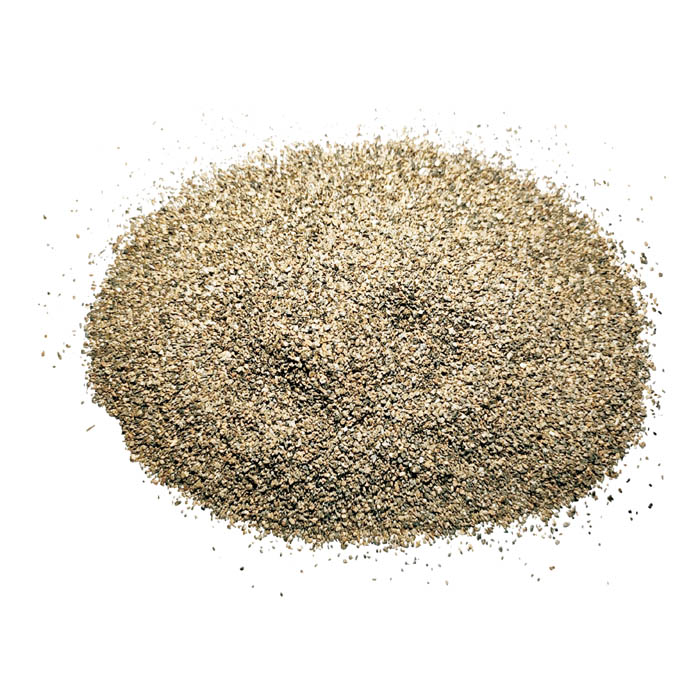Dec . 11, 2024 19:59 Back to list
Innovative Solutions for Low Nitrogen Recarburisers in Modern Metallurgy Applications
Understanding Low Nitrogen Recarburisers A Comprehensive Overview
In the metallurgical industry, particularly in steelmaking, the need for precise composition control is paramount. Carbon content plays a significant role in determining the properties of steel, influencing its strength, hardness, and overall performance. To achieve optimal carbon levels, the use of recarburisers has become a standard practice. Among various types available, low nitrogen recarburisers are gaining attention for their specific advantages in enhancing the quality of steel.
The Role of Recarburisers
Before diving deeper into low nitrogen recarburisers, it is essential to understand the primary function of recarburisers in steel manufacturing. These materials, typically carbon-rich and containing minimal impurities, are added to molten steel to increase its carbon content. This adjustment is crucial for correcting the carbon level that may drop during the steel-making process, especially in processes that involve oxidation or are subject to significant dilution.
Importance of Low Nitrogen Content
The introduction of nitrogen into steel can have detrimental effects. While nitrogen can enhance certain properties, such as yield strength, excessive nitrogen may lead to negative outcomes like the formation of nitrides, which can embrittle steel. Furthermore, high nitrogen levels can alter the microstructure, leading to suboptimal mechanical properties. Therefore, controlling nitrogen content is essential for producing high-quality steel.
Low nitrogen recarburisers are specifically designed to minimize nitrogen introduction while efficiently replenishing carbon. This attribute makes them particularly valuable in high-alloy steels and applications where mechanical properties are critical.
Types of Low Nitrogen Recarburisers
Various materials can be classified as low nitrogen recarburisers. The most common include
1. Calcined Petroleum Coke This material is derived from the carbonization of petroleum products. It typically contains around 90-95% carbon and minimal nitrogen levels. Its high carbon content and low ash make it ideal for steel applications.
low nitrogen recarburiser

2. Graphite Natural or synthetic graphite can also serve as a recarburiser. Graphite has advantageous characteristics, such as high thermal stability and low reactivity, which contribute to smoother casting processes in steelmaking.
3. Anthracite Known for its high carbon content and low volatile matter, anthracite is another option. Its composition results in low nitrogen levels, making it an effective recarburiser in specific applications.
4. Lime-based Recarburisers These materials combine lime with carbon sources, controlling the nitrogen content while increasing carbon, albeit at a lower efficiency than pure carbon sources.
Benefits of Using Low Nitrogen Recarburisers
1. Improved Steel Quality By minimizing nitrogen incorporation, low nitrogen recarburisers help maintain desirable mechanical properties, preventing issues related to brittleness and toughness in the final product.
2. Enhanced Process Stability A consistent carbon addition with lower nitrogen levels contributes to smoother steelmaking operations, reducing the risks of defects during casting and further processing.
3. Broad Applicability Low nitrogen recarburisers are versatile and can be used across various steel grades, including those used in automotive, construction, and specialized industrial applications.
4. Sustainability Utilizing materials with low nitrogen content aligns with the industry's increasing focus on sustainability. By minimizing nitrogen, companies can produce high-quality steel while potentially reducing waste and energy consumption in their processes.
Conclusion
In summary, low nitrogen recarburisers play a crucial role in the steelmaking process by contributing to optimal carbon levels while minimizing the introduction of nitrogen. As the metallurgical industry continues to evolve, the demand for high-quality steel with controlled properties will drive the adoption of these specialized materials. Understanding their importance and benefits enables steel manufacturers to produce materials that meet the evolving demands of modern applications, ensuring both performance and sustainability in metal production. This innovation in recarburiser technology underscores the importance of continuous improvement and adaptation in the materials used for one of the world's most critical industries.
-
Fe-C Composite Pellets for BOF: Enhance Steelmaking Efficiency
NewsAug.07,2025
-
Eco-Friendly Granule Covering Agent | Dust & Caking Control
NewsAug.06,2025
-
Fe-C Composite Pellets for BOF: High-Efficiency & Cost-Saving
NewsAug.05,2025
-
Premium Tundish Covering Agents Exporters | High Purity
NewsAug.04,2025
-
Fe-C Composite Pellets for BOF | Efficient & Economical
NewsAug.03,2025
-
Top Tundish Covering Agent Exporters | Premium Quality Solutions
NewsAug.02,2025
